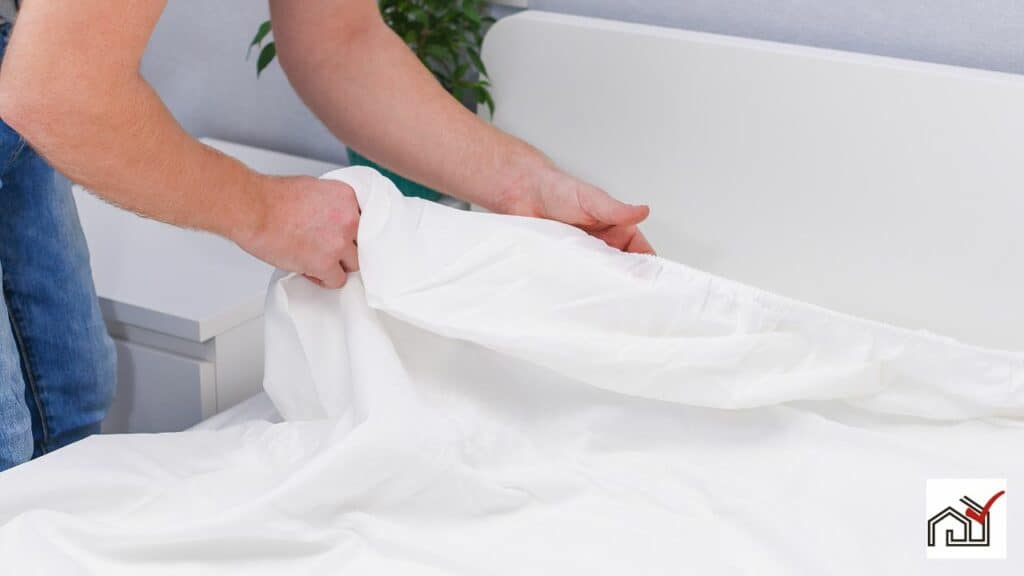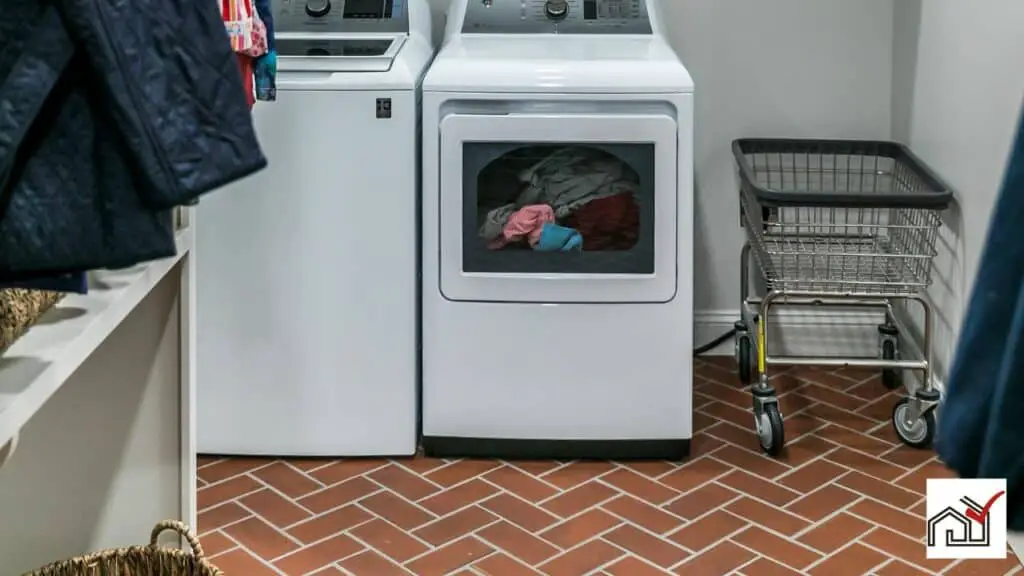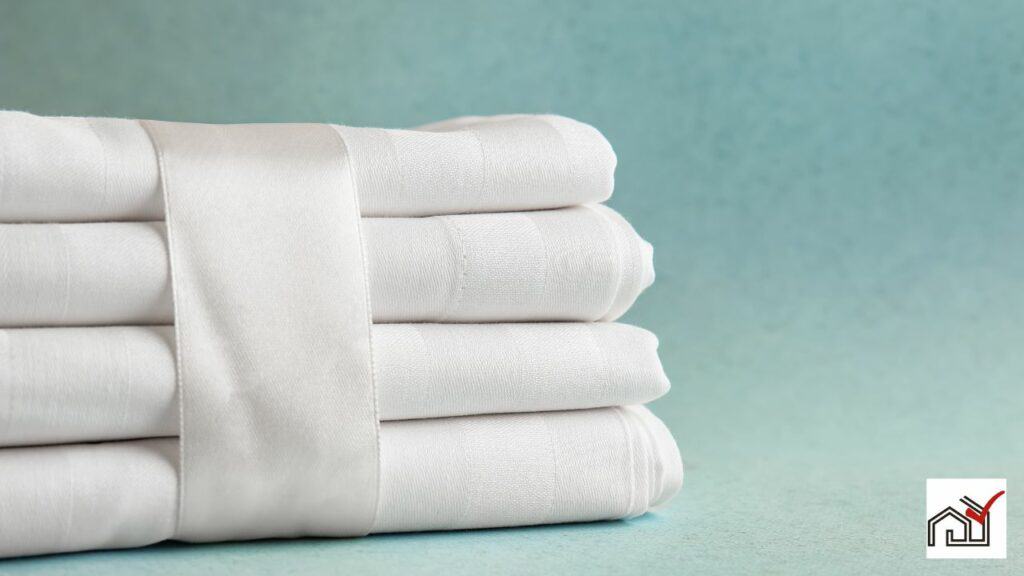Linen sheets have several advantages that make them a popular choice for many people. Firstly, linen is known for its strength and durability, often outlasting cotton sheets. Additionally, linen has excellent temperature-regulating properties, making it suitable for various climates and beneficial for individuals who tend to get hot while sleeping.
Another advantage of linen sheets is that they are hypoallergenic, making them ideal for those with sensitive skin or allergies. This feature ensures a comfortable and irritation-free sleeping experience.
However, it’s important to consider the drawbacks of linen sheets as well. One notable disadvantage is their high cost, which is primarily due to the labor-intensive production process. Additionally, linen can feel rough to the touch initially, requiring some time to break in and become softer.
Maintaining linen sheets also requires some extra care. They need to be washed gently to avoid damage, and they have a tendency to wrinkle easily, which can be inconvenient for some individuals.
While linen sheets offer several benefits, such as durability, temperature regulation, and hypoallergenic properties, they also come with drawbacks like a higher price point, initial roughness, and the need for careful washing. It’s essential to weigh these pros and cons when considering whether linen sheets are the right choice for you.
Understanding Linen Sheets
Linen sheets are made from flax plant fibers and are commonly grown in Western Europe. They are durable and maintain a stylish look without much effort. Linen’s breathability allows for air flow and helps regulate body temperature, making it suitable for hot climates or those who get warm during sleep. It’s also hypoallergenic and doesn’t cling to skin, beneficial for people with allergies or sensitive skin.
With each wash, linen sheets become softer, improving comfort over time. Washing linen is simple: use a gentle cycle and avoid bleach to keep the fibers intact. Stonewashed linen is available for immediate softness.
Linen sheets are an investment, as they become softer and more comfortable with use, offering long-lasting style and quality.
Advantages of Linen Bedding
Linen bedding is durable and comfortable, combining style with practicality. The strong fibers of linen contribute to its long-lasting nature, and with proper maintenance, linen sheets can exceed the lifespan of cotton ones. High-quality linen, such as Belgian linen, is especially durable and can be considered a good investment for its longevity and luxury.
Linen is also breathable, which is beneficial for those who prefer a cooler sleeping environment. It is often regarded as the best cooling bedding material because it naturally helps regulate temperature. This feature is particularly useful for people who sleep hot or live in warmer climates. Linen also wicks away moisture, keeping the sleeper dry and comfortable.
The hypoallergenic properties of linen are advantageous for people with allergies or sensitive skin. Its anti-static nature prevents it from sticking to the skin, adding to its comfort.
With each wash, linen becomes softer, enhancing its coziness over time. Unlike other materials that may degrade with washing, linen improves in comfort while maintaining its visual appeal. Therefore, quality linen bedding offers a comfortable and aesthetically pleasing sleeping environment that improves with use.
Drawbacks of Linen Bedding
Linen bedding, while offering benefits like breathability and moisture absorption, presents several disadvantages. Linen sheets are more expensive than cotton ones, and they may feel rougher at first, which could be an issue for those who prefer softness from the start. The fabric’s texture is distinct and not as smooth as some finer weaves, which might not appeal to everyone.
Linen is also susceptible to pilling, which can alter its appearance and feel, and proper care is necessary to minimize this issue. Maintenance of linen involves washing in cold water and tumble drying on low, which may be inconvenient for those seeking easy-care bedding. Additionally, linen is heavier than cotton, making it more difficult to handle and wash.
The cost of linen sheets is relatively high, which could deter budget-conscious buyers. Despite their longevity, the initial price is a significant consideration for those weighing the long-term value of their investment.
Linen Sheets Maintenance
Maintaining linen sheets properly can increase their lifespan and comfort.
High-quality linen is made from flax fibers, which are strong and durable. To care for these fibers, wash linen sheets in cold water to prevent shrinkage and maintain their texture. Use a mild detergent and a gentle wash cycle to protect the material.
When drying, use low heat in a tumble dryer and remove the sheets while still slightly damp to avoid them becoming too dry and brittle. Alternatively, hanging linen sheets to dry can give them a crisp feel.
Linen becomes softer with each wash and dry cycle. In summary, to keep linen sheets in good condition, wash in cold water, dry on low heat, and use a mild detergent. These steps help preserve the fabric’s quality and comfort.
Making the Decision: Linen Sheets
When buying linen sheets, consider their long-lasting nature and ability to keep you cool against their cost and specific care needs. Linen is made from the flax plant and has strong fibers that make the sheets durable and textured. Linen sheets may feel less soft than cotton at first but soften with each wash.
The advantages of linen sheets include their durability and ability to maintain a comfortable temperature during sleep, especially in warm weather. They allow for better airflow compared to high thread count cotton sheets. However, they are more expensive initially and require more careful washing and maintenance than other types of bedding.
Choosing linen sheets depends on your preferences and priorities. They are a good choice if you desire bedding that stays cool and lasts a long time. But if you have a limited budget or prefer easy-care materials, the cost and maintenance of linen might be deterrents. The choice depends on whether you are willing to pay more upfront for long-lasting quality and are committed to the care needed to maintain linen’s benefits.





